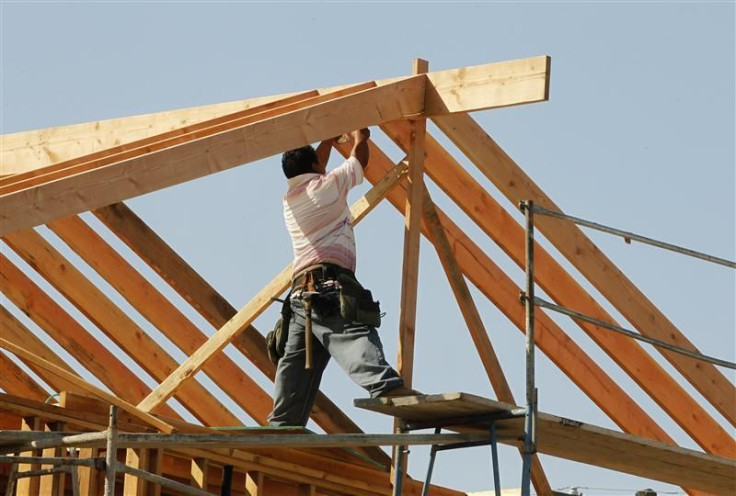Mixed Signals For Banks, Investors As Housing Starts Report Shows First Signs Of Sustained Dip

Today the Commerce Department released data that showed housing starts had fallen by 9.9 percent to 836,000 in June, falling drastically below analysts’ predictions.
While the figure is up 79,000, or 10.4 percent from one year ago, it does represent the lowest figure since August 2012.
According to the Capital Spectator, the number was predicted to come in at around 940,000, representing a 2.8 percent increase on May’s figure of 914,000.
After seeing terminal decline from a 30-year high of 2.3 million in January 2006, the end of the housing bubble, the figures started to see recovery from an all-time low of 478,000 in April 2009, and have more or less been improving since then, reaching a five-year high of 1.05 million units in Mar 2013.
However, since March figures have begun the first sustained retreat, showing a small trend that could shake up potential investors.
This new decline surprised many analysts who expected the figure to reflect the excellent earnings of America’s four big mortgage lenders, who all happened to post earnings before the new figures were announced.
The lion's share of housing-related earnings for large banks occur from the purchase and sale of units, not new construction, so the housing starts decline could just be a blip on a successful quarter -- but could this be a more long-term problem in the making?
Adam Sarhan of Sarhan Capital thinks that it could be the first signs of a decline but warns not to be too hasty.
“In the short term, no, because housing starts reflect new home construction, not sales. Long term, yes, if the housing market tops out. One bad report does not typically mark a top.
“However, a series of ominous reports provides more evidence a top could be forming,” said Sarhan.
The big four mortgage lenders, JPMorgan (NYSE:JPM), Citbank (NYSE:C), Wells Fargo (NYSE:WFC) and Bank of America (NYSE:BAC), all beat their revenue estimates with strong results across the board, especially, most reports say, with help from the strengthening housing sector.
Many commentators thought the banks would have posted even better results had the interest rates not spiked sharply in the wake of the Fed's June meeting.
Many will be looking closely at July’s housing starts report to see if the small slump becomes a trend; if it does, those eyes will be fixed on the third-quarter results and what it means overall for a recovering housing market.
© Copyright IBTimes 2024. All rights reserved.












